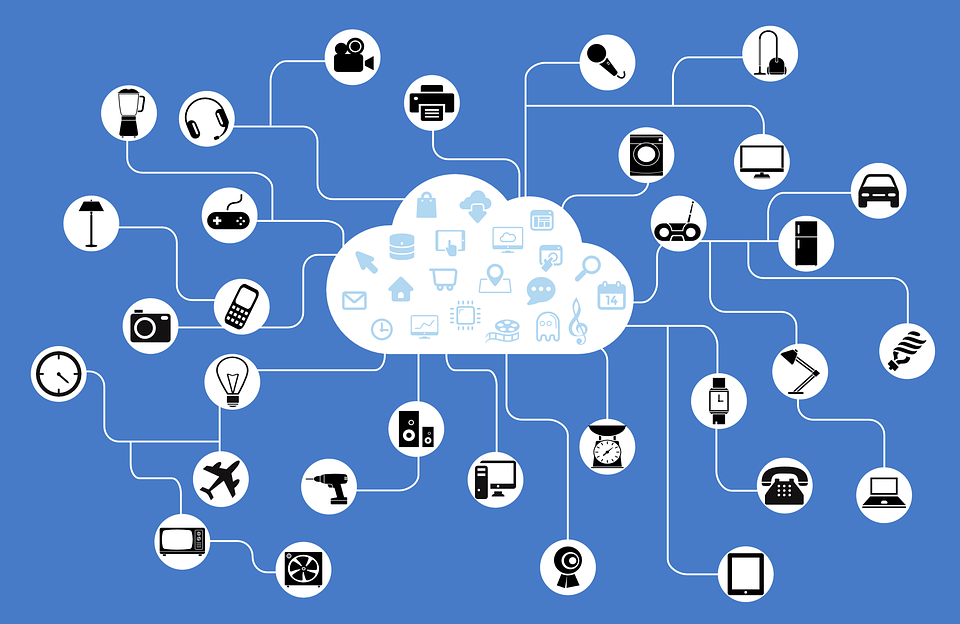IoT Medical Alert vs. Private Monitoring: Part 1 of 2 - How the Call to 911 is Made?

"I've fallen... and I can't get up!"This once oft quoted, iconic line was delivered in 1987 by "Mrs. Fletcher", a fictional elderly woman, in a television commercial for a medical alarm company, LifeCall.
The phrase soon became a comedic punch line, making the ad itself memorable, and also bringing attention to the need for seniors to have access to emergency services when a telephone is out of reach. After "Mrs. Fletcher", with her wearable, Personal Emergency Response System (PERS) pendant, informs the call center dispatcher of her slip, she is assured that help is being sent.
PERS –Private Monitoring

Connecting with live operators who could both summon help and alert family, in the event of a fall or other crisis, addressed a real concern for independent senior citizens. In the 80's and 90's, this telephone-based service was state of the art; though at the time based on Plain Old Telephone Service (POTS), only one outgoing call could be made and thus contacting a call center was the only viable option available.
Today, this multi-step service continues to be offered by various companies using the same model; charging a monthly monitoring fee to, in the event of an emergency, connect the subscriber to a call center dispatcher. While some PERS functionality has evolved, such as fall detection, the backend communications aspect - what happens in response to the alert - remains largely unchanged.
PERS –Internet of Things (IoT) Medical Alert Solutions

New technologies now exist that enable the bypass of the multi-step process of first contacting a call center dispatcher, who then in turn contacts the appropriate parties. IoT Medical Alert solutions, following a predetermined chain of commands, can instantly accomplish this activity, multitasking this aspect without the overhead and at a lower expense.
With this reality existing, but its implementation not yet widespread, the question arises, what function does Private Monitoring serve? Are they simply a remnant of the past or an integral part of the process?
Assumedly, large investments have been made in the call center infrastructure, could this be the main reason for Private Monitoring to persist? To obtain some clarity, here is a breakdown of the current offerings of each model:
Private Monitoring | IoT Medical Alert Solutions |

 | 

|
PERS –The Personal Factor
As the side-by-side comparisons demonstrate, the offerings are nearly identical; while the "how" differs slightly, the "what" remains the same. Granted, as many seniors prefer face-to-face contact in their daily affairs such as banking, there will be those who see an intrinsic value in having dedicated call center personnel responding. However, in both these scenarios, with the initial outreach being limited to a voice call, any actual face-to-face interaction is ultimately with the Emergency Medical Responder arriving at the scene.
PERS –The Money Factor
With IoT Medical Alert Solutions offering the same services, for a reduced monthly cost, why do we need private monitoring in addition to 911 response? Could it be that medical alert companies simply want to maintain a recurring revenue source connected to their devices?
With an average monthly subscription cost of US$30 per month (in some cases as high as $70), and the number of North Americans aged 65 and older currently surpassing 57 million, we're looking at some substantial potential earnings. Couple that with the notoriously low cost of maintaining a call center, where representatives earns an average wage of $14.34 per hour and it becomes clear why the model has not yet been abandoned. It has been a very profitable space and thus one can see why they continue to market a service that IoT Medical Alert Solutions have made obsolete.
With companies such as Safety LABS offering IoT Medical Alert Solutions such as the Anchor; an entire safety platform that is capable of growing in comprehensiveness at significantly lower price, the options and cost savings for customers in this market continue to expand. IoT users can enjoy a lower monthly rate to connect to friends and family for an average of $3-5 and an additional $3-5 for the transfer service to connect directly to 911.
Aside from the financial gain that Private Monitoring companies enjoy, are there any identifiable gains to the consumer? Does Private Monitoring offer extra safety or benefits which an IoT based connection to 911 does not? If so, how?
This topic and more about how the infrastructure behind the scenes handles IoT Medical Alert versus Private Monitoring will be further examined in part two of this segment, IoT Medical Alert or Private Monitoring: - Part 2 of 2 - How the Call to 911 is Received
Related Articles:
https://safetylabs.org/blog/27/2016/08/How-has-IoT-brought-on-an-Evolution-
Resources:
www.medicalalertadvice.com/reviews/life-alert-review/
https://www12.statcan.gc.ca/census-recensement/2011/as.../98-311-x2011001-eng.cfm
www.aoa.acl.gov/aging_statistics/index.aspx
http://work.chron.com/average-hourly-wage-call-center-representatives-4172.html
www.payscale.com/research/CA/Job=Call_Center_Representative/Hourly_Rate
